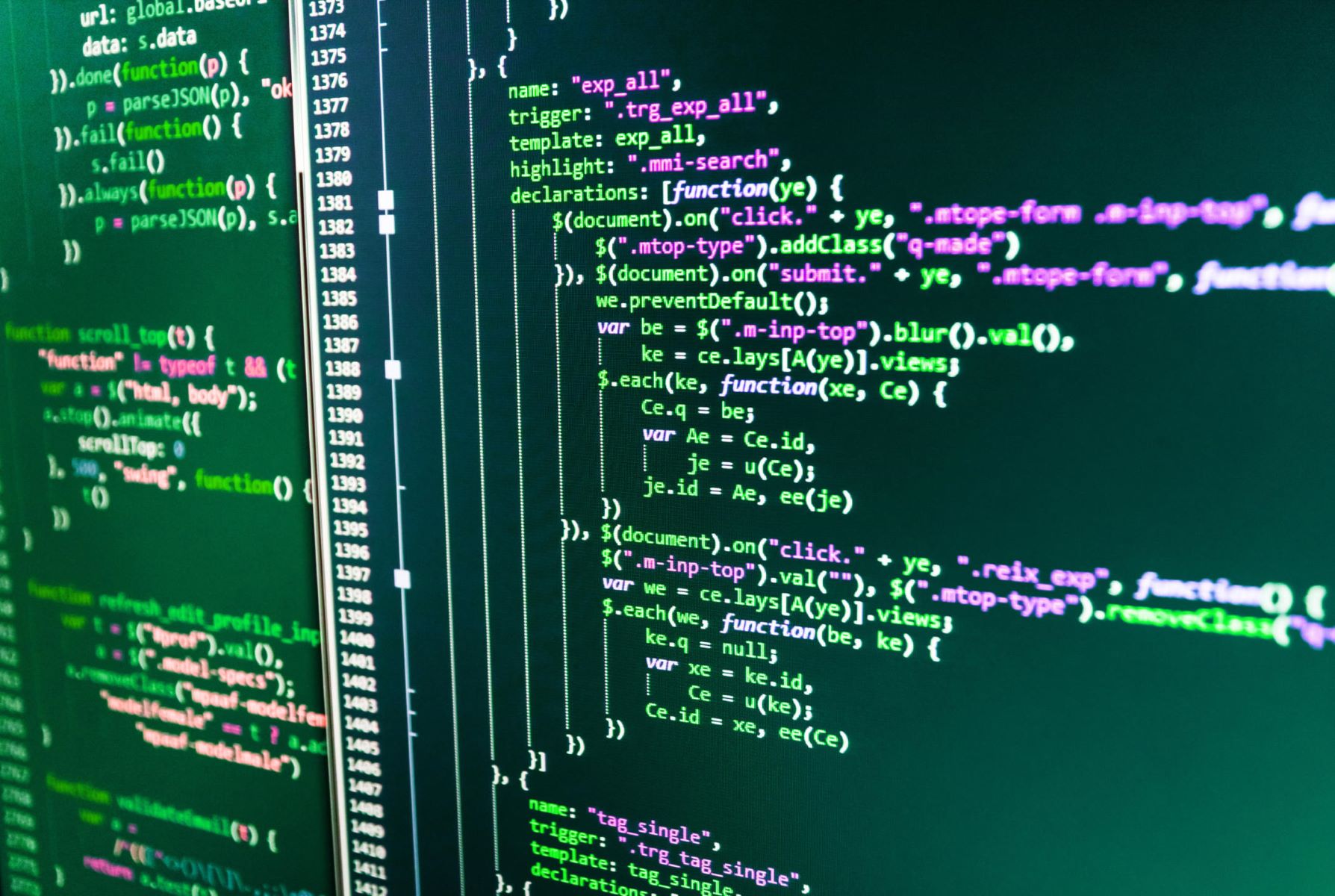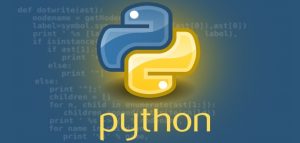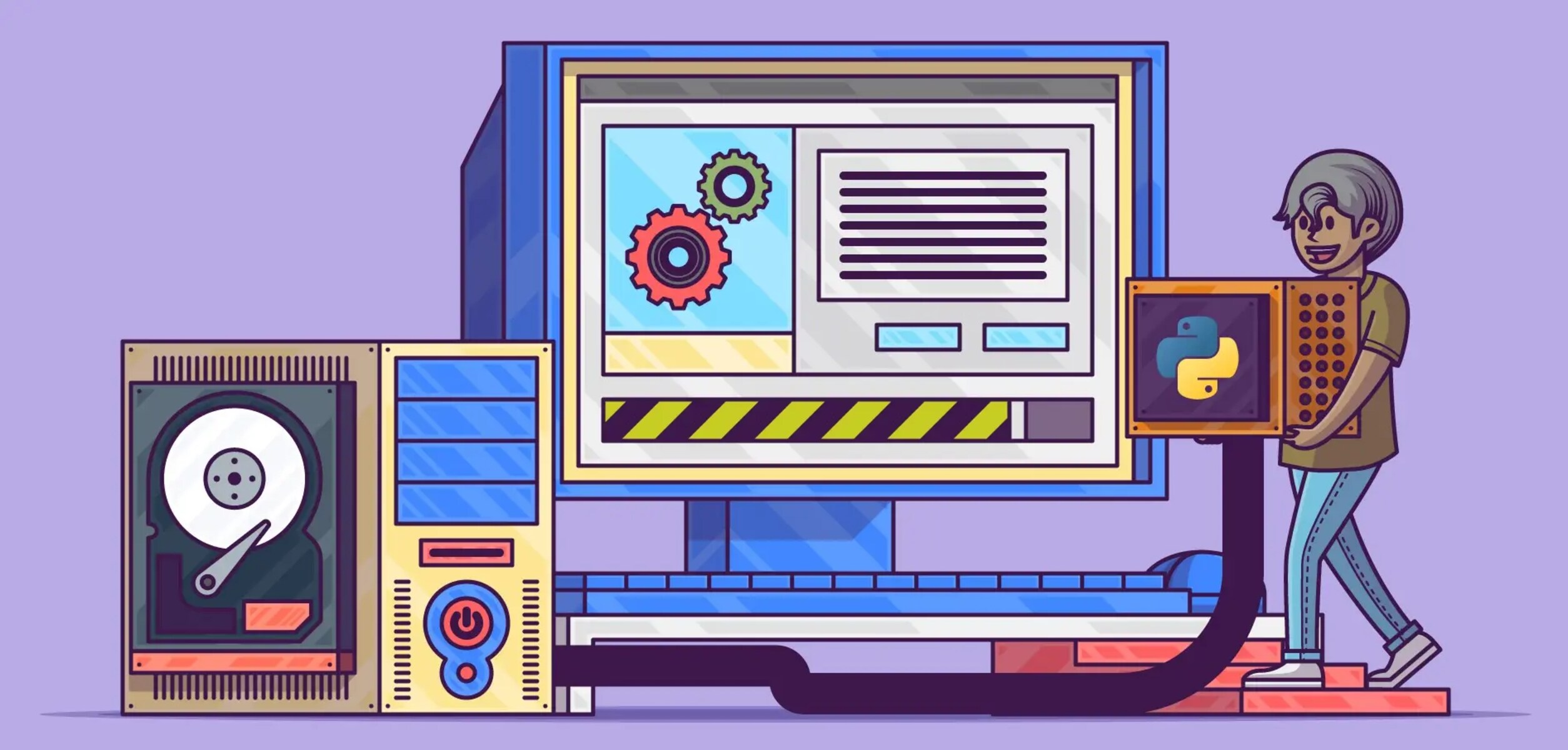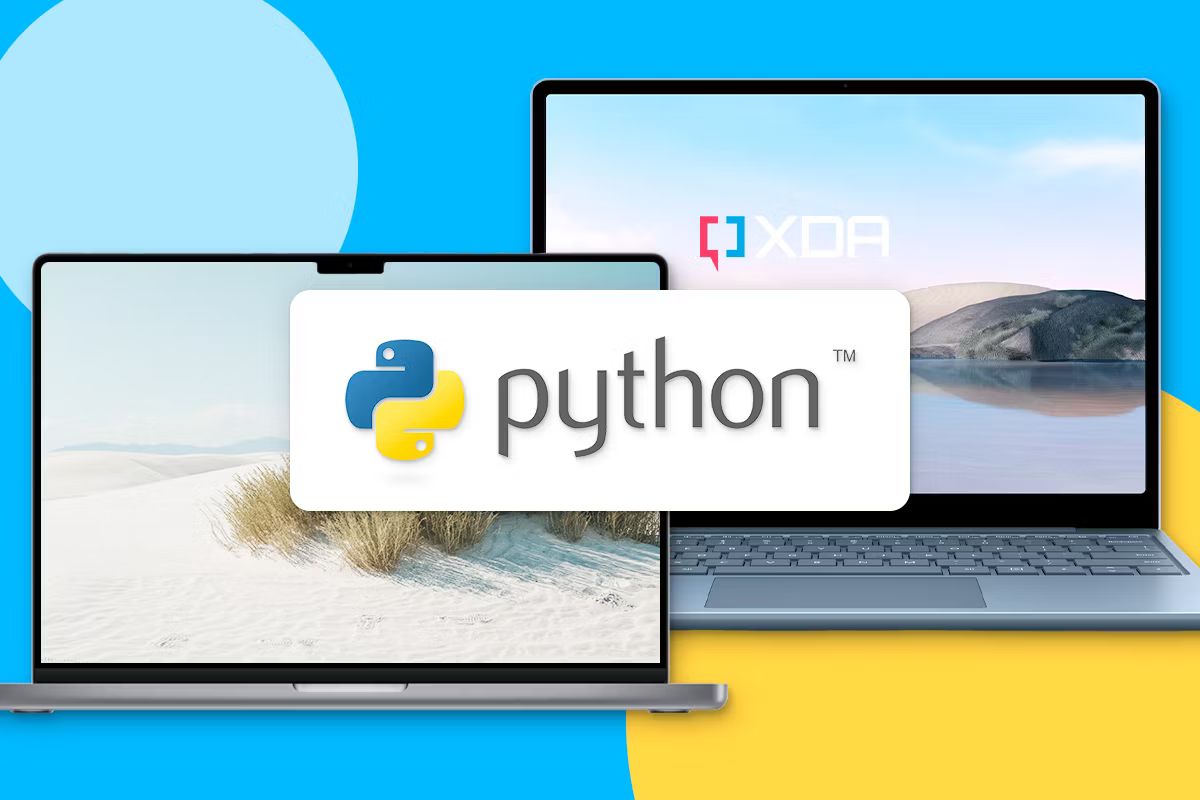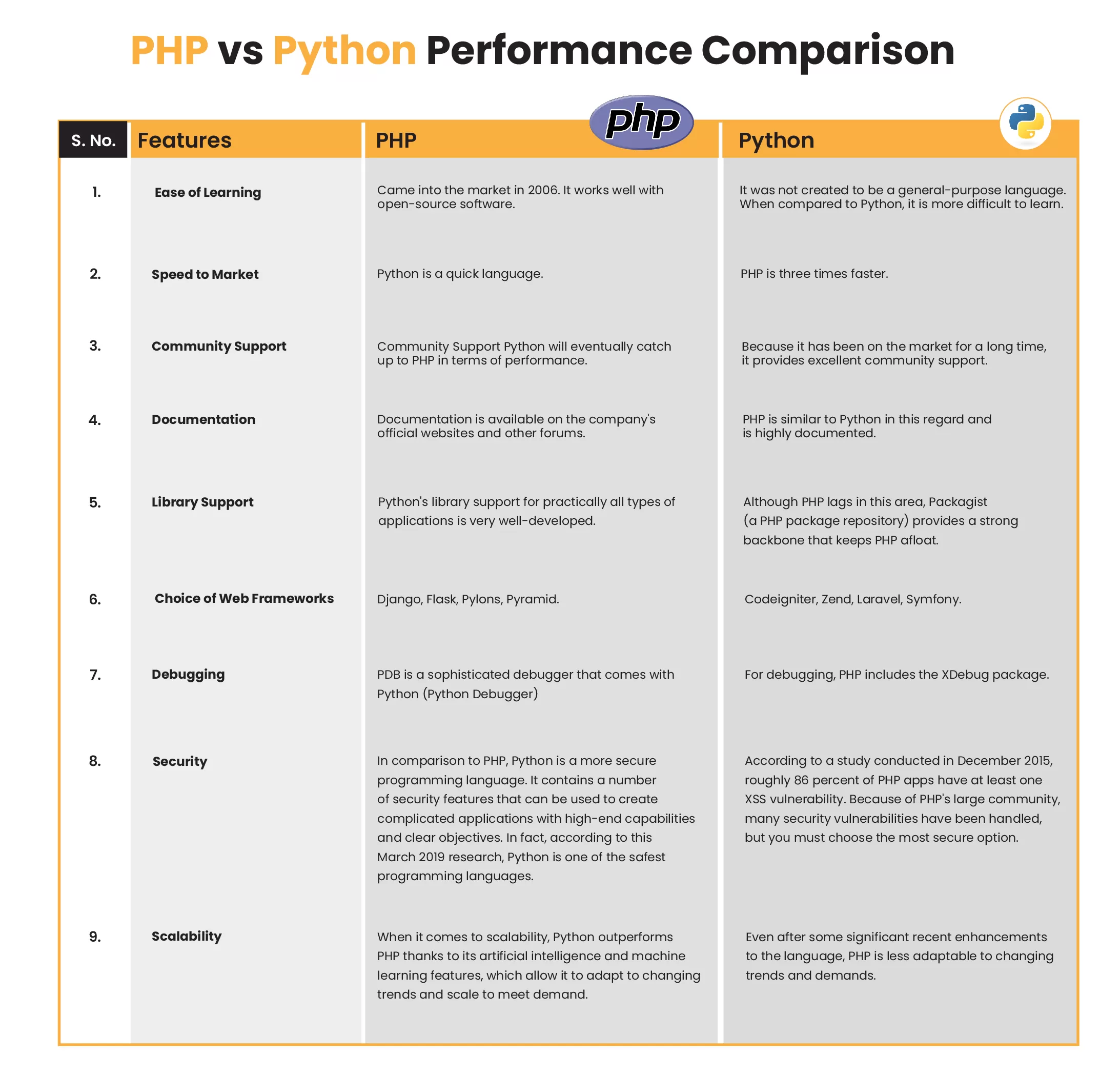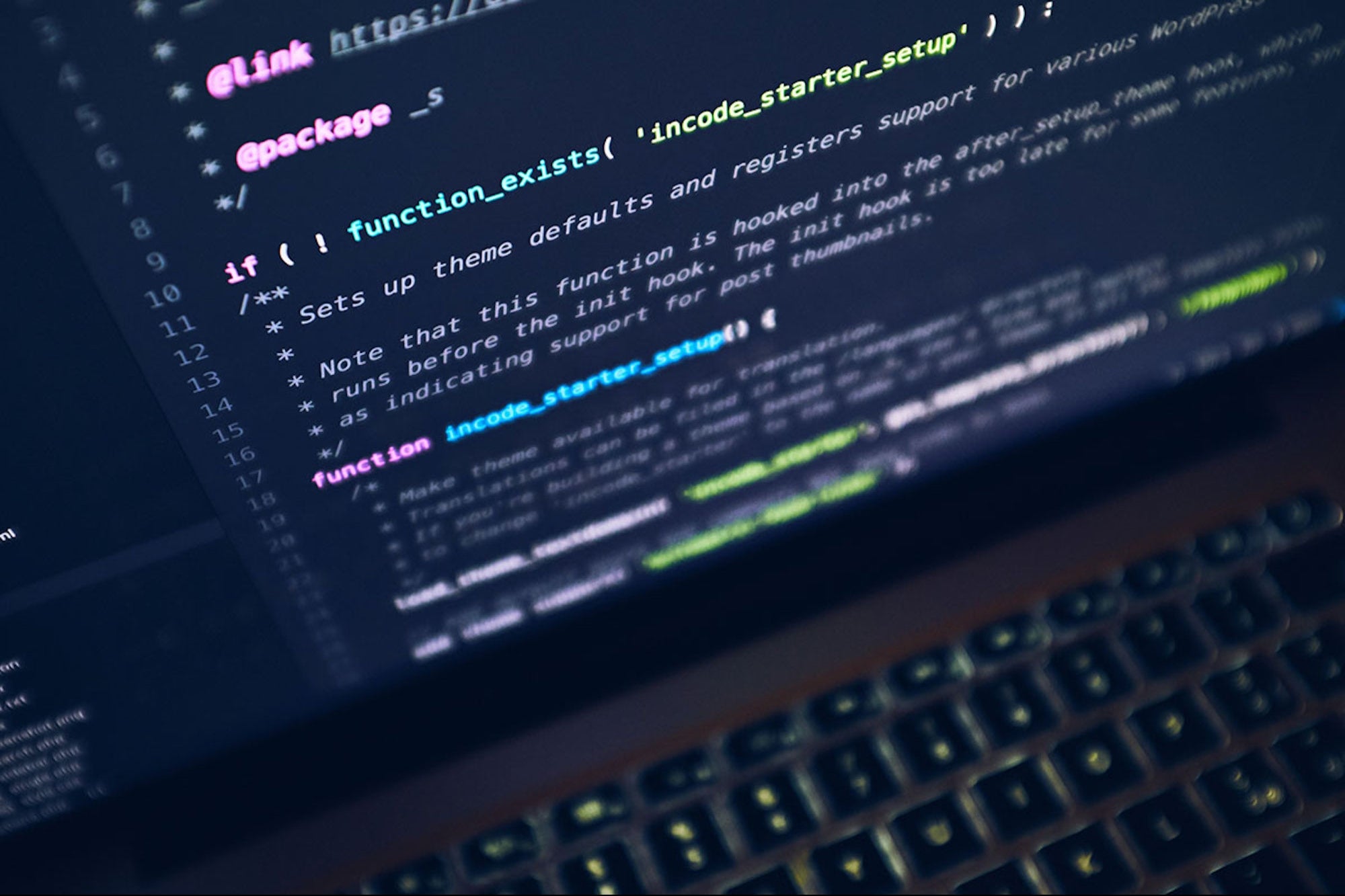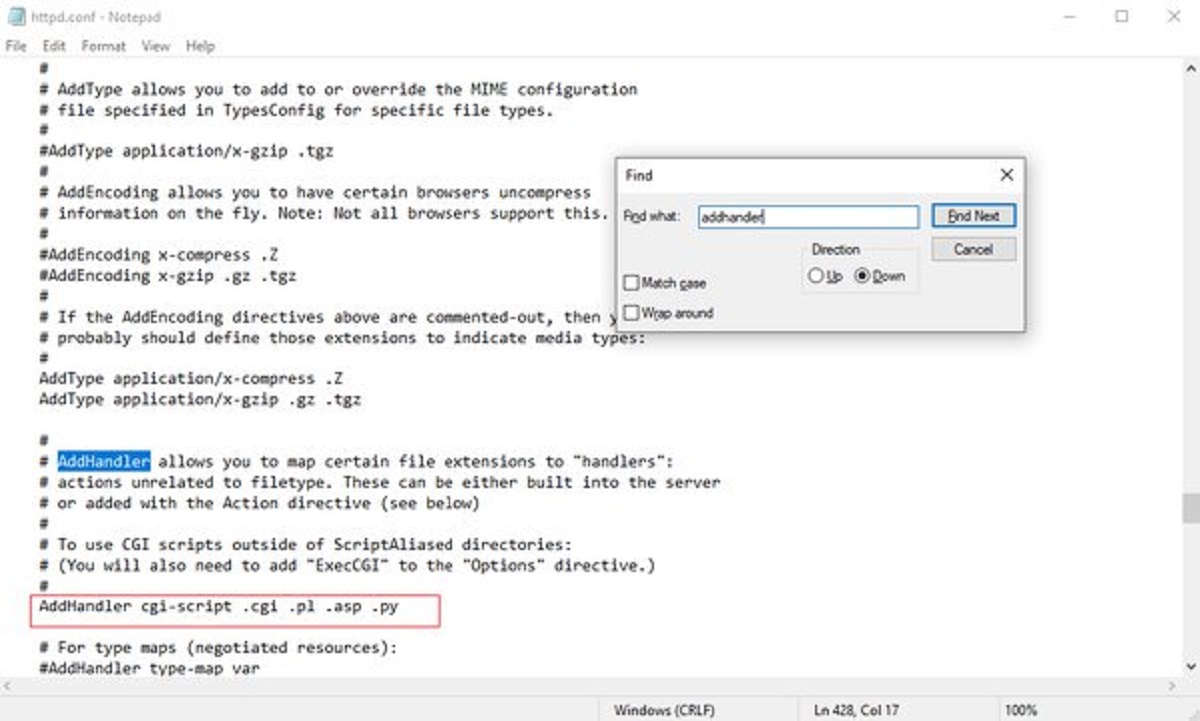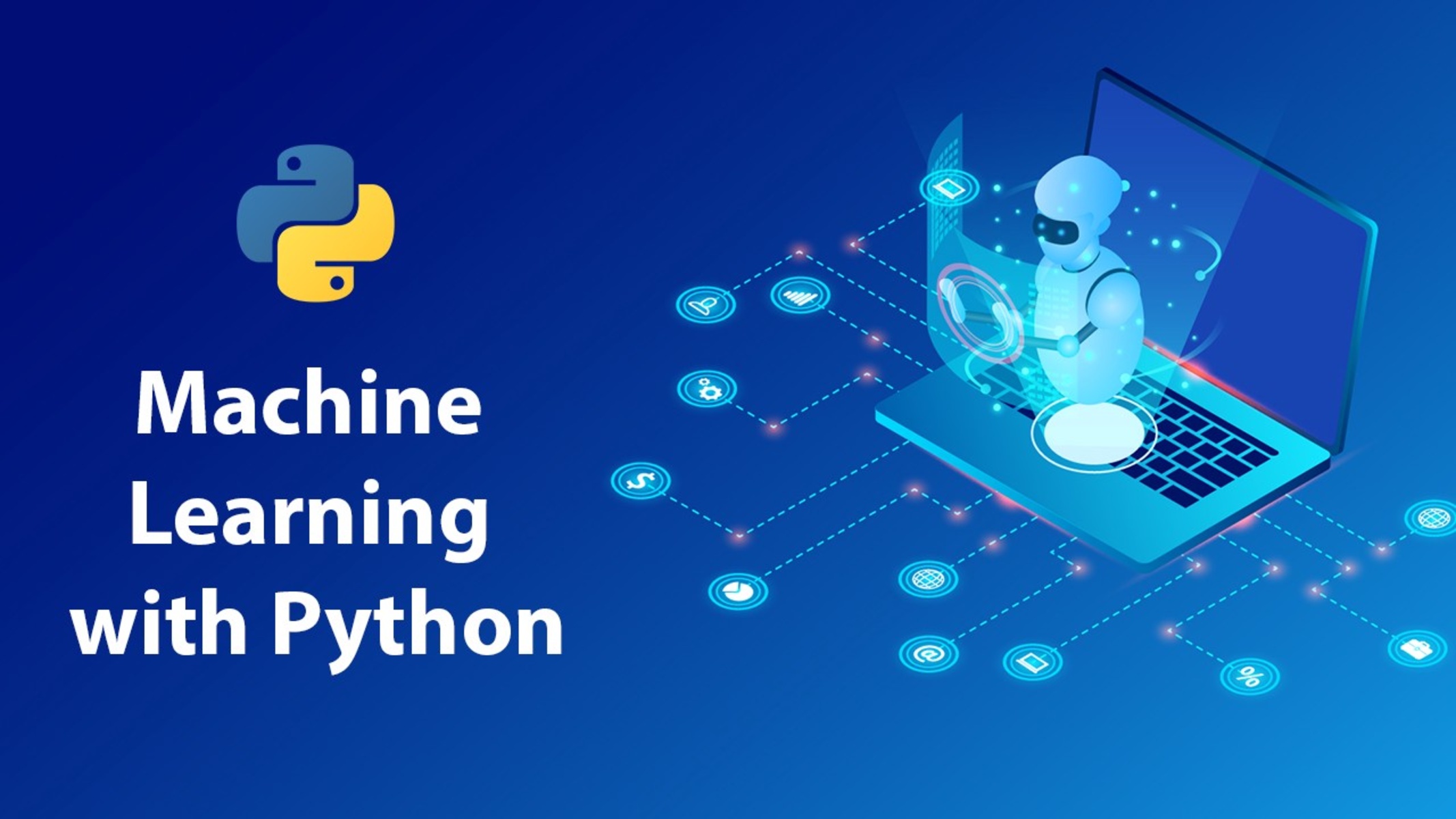Introduction
Python has become one of the most popular programming languages in recent years. Its versatility, simplicity, and vast community support have made it a top choice for both beginners and experienced developers alike. Whether you are a software engineer, data scientist, or web developer, having a solid understanding of Python coding is invaluable in today’s tech-driven world.
Python is an interpreted, high-level, general-purpose programming language that was created by Guido van Rossum and first released in 1991. It was designed to be easy to read and write, with a clear and concise syntax. Python emphasizes code readability, which makes it easy to understand and maintain. Its minimalist yet powerful approach allows developers to build efficient and scalable applications in less time.
One of the main reasons why Python is so popular is its versatility. It can be used for a wide range of tasks, including web development, data analysis, artificial intelligence, machine learning, and automation. Python’s extensive standard library and rich ecosystem of third-party packages and frameworks make it a highly flexible language that can handle almost any project requirement.
Another advantage of Python is its cross-platform compatibility. Whether you are using Windows, macOS, or Linux, Python code can run seamlessly on any system. This portability gives developers the freedom to work on different platforms without worrying about compatibility issues. Furthermore, Python supports integration with other languages, allowing developers to leverage existing code and libraries.
Python’s popularity has also been fueled by its vibrant and supportive community. The Python Software Foundation (PSF) promotes the language’s development and provides resources, documentation, and forums for developers to connect and collaborate. The community-driven nature of Python ensures that there are always new libraries, tools, and frameworks being developed and shared, making it a dynamic and constantly evolving language.
In the next sections of this article, we will explore the basics of Python coding, including variables and data types, loops and conditional statements, functions and modules, file input and output, object-oriented programming, and the use of Python libraries and frameworks. By gaining a solid understanding of these concepts, you will be well-equipped to start coding in Python and take on a wide range of projects.
What Is Python?
Python is a high-level, interpreted programming language that was designed to be easy to read and write. It is known for its simplicity and code readability, making it an excellent choice for beginners and experienced developers alike. Python is a versatile language that can be used for a wide range of applications, including web development, data analysis, artificial intelligence, and automation.
One of the key features of Python is its clear and concise syntax. The language emphasizes code readability, with a focus on using English-like keywords and conventions. This makes it easier for developers to understand and maintain their code, as well as for teams to collaborate on projects. Python’s simplicity and readability also contribute to faster development cycles and increased productivity.
Python is an interpreted language, which means that code is executed line by line at runtime, without the need for compilation before execution. This allows for quicker development and testing cycles, as well as easier debugging. Python’s interpreter, known as CPython, is implemented in the C language and is widely used for running Python code.
Another notable feature of Python is its automatic memory management. Python uses a garbage collector to handle memory allocation and deallocation, reducing the burden on developers. This means that you don’t have to worry about manually managing memory or allocating resources, allowing you to focus on solving problems and building applications.
Python is an open-source language, which means that its source code is freely available and can be modified and distributed by anyone. This encourages collaboration and innovation within the Python community and has led to the development of a vast ecosystem of libraries, frameworks, and tools. The Python Package Index (PyPI) is a centralized repository for Python packages, making it easy for developers to discover and install third-party libraries.
In addition to its simplicity and versatility, Python has gained popularity for its strong support for integration with other languages and platforms. It has robust APIs and modules that allow seamless integration with C, C++, Java, and .NET code. This makes Python an excellent choice for building applications that require interoperability with existing systems or libraries.
Overall, Python is a powerful and flexible programming language that offers a range of features and capabilities. Its simplicity, code readability, and extensive ecosystem make it a popular choice for developers across various domains. Whether you are a beginner or an experienced programmer, learning Python opens up a world of possibilities for creating efficient, scalable, and impactful applications.
Why Use Python?
Python has gained immense popularity in the programming community for several compelling reasons. Let’s explore why so many developers choose to use Python for their projects.
First and foremost, Python is praised for its simplicity and readability. The language’s syntax is designed to be clear and straightforward, making it easy for programmers to understand and write code. This ease of use significantly reduces the learning curve for beginners, allowing them to quickly grasp the fundamentals of programming. Even experienced developers appreciate Python’s simplicity as it enables them to write clean and maintainable code.
Another advantage of Python is its extensive collection of libraries and frameworks. The Python Package Index (PyPI) contains thousands of open-source packages that offer pre-built solutions to common programming tasks. Whether you need to manipulate data, build a web application, or perform scientific computation, chances are there’s a Python library that can help you. From popular libraries like NumPy and Pandas for data analysis to Django and Flask for web development, Python’s vast ecosystem provides developers with powerful tools to accelerate development.
Python’s versatility is yet another reason why it’s a go-to choice for many developers. It excels in a variety of domains, including web development, data analysis, machine learning, artificial intelligence, scientific computing, and automation. This versatility allows developers to use Python for both small projects and large-scale enterprise applications. Additionally, Python’s cross-platform compatibility enables code to run seamlessly on different operating systems, further enhancing its versatility.
One notable advantage of Python is its strong community support. The Python development community is one of the largest and most active, with countless forums, online communities, and resources available. This vibrant community fosters collaboration, knowledge sharing, and continuous improvement. Whether you’re a seasoned developer or a beginner, you can easily find support and guidance within the Python community.
Furthermore, Python has a vast number of job opportunities. Its widespread adoption by various industries, including tech giants, startups, research institutions, and finance, has created a high demand for Python developers. Mastering Python opens up numerous career paths and job prospects.
Lastly, Python’s integration capabilities further enhance its appeal. It seamlessly integrates with other languages, such as C, Java, and .NET, allowing developers to leverage existing code and libraries. This interoperability enables the development of robust and scalable applications by combining the strengths of different programming languages.
In summary, Python’s simplicity, extensive library ecosystem, versatility, community support, job opportunities, and integration capabilities make it an excellent choice for developers across various domains. Whether you’re a beginner learning to code or an experienced programmer, Python offers countless advantages that can help you write efficient, maintainable, and powerful software.
Python Coding Basics
Before diving into more advanced concepts, it’s essential to understand the basics of Python coding. This section will cover some fundamental concepts that will serve as a solid foundation for your Python journey.
One of the first things you’ll encounter when programming in Python is the concept of variables. A variable is a container for storing data, such as numbers, strings, or other values. In Python, you don’t need to explicitly declare variables or specify their data types. Instead, you can simply assign a value to a variable name, and Python will dynamically infer its type based on the assigned value. This flexibility helps make Python code concise and easy to write.
Control flow is another crucial aspect of Python coding. Loops and conditional statements allow you to control the execution of your code based on certain conditions. The most common loop in Python is the `for` loop, which iterates over a sequence of elements. You can also use the `while` loop to repeat a block of code as long as a specific condition is true. Conditional statements, like `if` and `else`, enable you to execute different code blocks based on specific conditions.
Functions are reusable blocks of code that perform a specific task. They help break down complex problems into smaller, manageable pieces. In Python, you can define functions using the `def` keyword, followed by the function name and parameters. Inside the function, you can write the necessary code and optionally return a value. Using functions promotes code reusability, modularity, and overall code organization.
Python encourages the use of modules to organize code into separate files. A module is a file containing Python code that can be imported and used in other Python programs. Modules help keep code modular, allowing you to separate concerns and reuse code across multiple projects. Python also comes with a vast standard library, which includes a wide range of modules that provide additional functionality out of the box.
Working with file input and output (I/O) is a common task in many applications. Python provides built-in functions to read from and write to files. You can open files using the `open()` function and specify the file mode (read, write, or append). Python also supports working with different file formats, such as CSV, JSON, and XML, through various libraries that simplify handling and processing of these file types.
Object-oriented programming (OOP) is a popular programming paradigm that allows you to organize code around objects that represent real-world entities. Python fully supports OOP and provides classes, objects, inheritance, and other features associated with this paradigm. Understanding OOP concepts in Python enables you to build more complex and scalable applications.
In this section, we’ve covered key concepts like variables, control flow, functions, modules, file I/O, and OOP. Mastering these basics will give you a solid foundation for writing Python code and tackling more advanced concepts. As we proceed, we will delve deeper into each of these topics and explore additional aspects of Python development.
Variables and Data Types
Variables are an essential concept in Python, allowing us to store and manipulate data. In Python, you don’t need to declare a variable explicitly; you can assign a value to it directly. The value assigned to a variable can be of different data types, such as numbers, strings, booleans, lists, tuples, and dictionaries.
Numeric data types in Python include integers, floating-point numbers, and complex numbers. Integers are whole numbers without a decimal point, while floating-point numbers include decimal values. Complex numbers are used to represent values with a real and imaginary part.
Strings are used to represent textual data in Python. They are sequences of characters enclosed within single quotes (”) or double quotes (“”). Python provides many useful string manipulation functions and methods, making it easy to work with text data.
Booleans are a data type with two possible values: True and False. Booleans are often used for logical operations and control flow statements, such as if conditions and while loops.
Besides these basic data types, Python also provides container data types. Lists are ordered collections of items, which can be of any data type. Lists are mutable, meaning their contents can be modified. Tuples, on the other hand, are similar to lists but are immutable. Dictionaries are key-value pairs, allowing you to store and retrieve values based on a unique key.
Type conversion, also known as type casting, allows us to convert variables from one data type to another. Python provides built-in functions and methods to convert variables between different data types. For example, the `int()` function can convert a string or floating-point number to an integer.
Variables in Python are not statically typed, meaning that you can assign values of different data types to the same variable. This flexibility allows for dynamic programming in Python and simplifies code maintenance. However, it’s essential to be cautious and ensure that the variable’s data type matches your intended usage to avoid unexpected behavior or errors.
In summary, variables are containers that store data in Python. The language provides various data types, including numbers, strings, booleans, lists, tuples, and dictionaries. Understanding how to work with variables and different data types is essential for writing effective Python code. It allows you to store, manipulate, and process data, making your programs more dynamic and versatile. With this knowledge, you can start building more complex Python applications and explore the numerous possibilities the language offers.
Loops and Conditional Statements
Loops and conditional statements are powerful tools in Python that allow you to control the flow of your code based on specific conditions or iterate over a sequence of elements. They provide the flexibility to perform repetitive tasks, make decisions, and create dynamic programs. In this section, we’ll explore two commonly used constructs in Python: loops and conditional statements.
A loop is a programming structure that executes a block of code multiple times until a certain condition is met. Python offers two types of loops: the `for` loop and the `while` loop. The `for` loop iterates over a sequence of elements, such as a list or a string, and executes a block of code for each item in the sequence. On the other hand, the `while` loop repeats a block of code as long as a specific condition is true. You can use the `break` statement to exit the loop prematurely or the `continue` statement to skip the remaining code in the loop and continue to the next iteration.
Conditional statements, such as `if`, `else`, and `elif` (short for “else if”), allow you to execute different blocks of code based on specific conditions. The `if` statement evaluates a condition and executes the code block only if the condition is true. The `else` statement provides an alternative code block to be executed if the condition in the `if` statement is false. The `elif` statement allows you to check additional conditions, providing multiple branches of code execution.
Conditional statements can be combined with logical operators, such as `and`, `or`, and `not`, to create more complex conditions. These operators allow you to perform logical operations on multiple conditions, determining the outcome based on the combined results.
Loops and conditional statements are often used together to create dynamic programs. For example, you can iterate over a list of items with a `for` loop and use an `if` statement inside the loop to perform certain actions based on specific conditions. This combination of control structures allows you to build programs that can adapt to different scenarios and automate repetitive tasks efficiently.
Understanding loops and conditional statements is fundamental to writing efficient and flexible code in Python. They provide the control and decision-making capabilities necessary for solving complex problems and creating dynamic applications. By mastering these constructs, you gain the ability to iterate over data, make decisions based on specific conditions, and create more sophisticated Python programs.
Functions and Modules
Functions and modules are fundamental building blocks in Python that promote code reusability, organization, and modularity. They allow you to break down your code into smaller, manageable pieces and encapsulate functionality for easy reuse. In this section, we will explore the concepts of functions and modules in Python.
A function is a reusable block of code that performs a specific task or calculates a value. It takes input parameters, processes them using the defined code block, and optionally returns a value. Functions in Python are defined using the `def` keyword followed by the function name, parentheses for the parameters, and a colon. The code block inside the function is indented and can be composed of multiple statements. Functions can be invoked by using the function name followed by parentheses and passing the required arguments. This modular approach to coding allows you to better organize your code, improve code readability, and reduce code duplication.
Another powerful concept in Python is modules. A module is a file containing Python code that can be used in other Python programs. It allows you to organize and reuse code across different projects. Python comes with a rich collection of standard library modules that provide a wide range of functionality, such as file I/O, mathematical operations, networking, and more. You can also create your own modules by defining functions and variables in separate files. To use a module in your code, you need to import it using the `import` keyword. This allows you to access and leverage the functions, variables, and classes defined in the module in your code.
Modules can be organized into packages, which are directories containing multiple modules. Packages provide a hierarchical structure for organizing related modules and help avoid naming conflicts. By importing specific modules or using the `from` keyword, you can selectively import only the functionality you need from a module or package, reducing memory usage and improving code clarity.
Moreover, Python encourages the use of external modules, which are created and maintained by the Python community. These third-party modules expand the capabilities of Python by providing additional functionality for specific use cases. Installing external modules is made easier with the use of package managers, such as pip, which allow you to easily install and manage dependencies for your projects.
Functions and modules are essential tools for code organization, reusability, and collaboration in Python. They enable you to break down complex tasks into manageable functions, reuse code across projects, and leverage external functionality. By using functions and modules effectively, you can write cleaner, more modular code that is easier to understand, maintain, and extend. Embracing these concepts helps you become a more efficient and effective Python developer.
File Input and Output
File input and output (I/O) is a fundamental aspect of many applications, allowing us to read data from files, write data to files, and manipulate file contents. Python provides built-in functions and methods for working with files, making file I/O straightforward and versatile.
To read data from a file, you can use the `open()` function, which opens a file in a specified mode, such as read mode (`’r’`). Once the file is open, you can use the `read()` method to read the contents of the file as a string. Alternatively, you can use the `readline()` method to read one line at a time, or the `readlines()` method to read all lines into a list. After reading from a file, it’s essential to close the file using the `close()` method to release system resources.
Writing data to a file is just as straightforward. You can open a file in write mode (`’w’`) using the `open()` function and use the `write()` method to write data to the file. The `write()` method writes a string to the file, and you can use the `writelines()` method to write multiple lines by providing a list of strings. If you want to append content to an existing file, you can open the file in append mode (`’a’`). Remember to close the file after writing to ensure that all data is properly saved.
Python also supports file I/O with different file formats. For example, for CSV files, Python provides the `csv` module, which offers functions to read and write data in a comma-separated values format. Similarly, for JSON files, you can use the `json` module to convert Python data structures to JSON format and vice versa. These modules simplify the handling and processing of specific file types, allowing for efficient data exchange between Python and other systems.
In addition to reading and writing, Python also supports file manipulation operations, such as renaming, deleting, and checking for file existence. The `os` module provides various functions to perform these operations, allowing you to interact with the file system and manage files programmatically.
Exception handling is crucial when working with files. Python’s `try` and `except` statements allow you to handle any potential errors that may occur during file I/O, such as file not found or permission denied. Proper exception handling ensures that your program can gracefully handle unexpected situations and provides appropriate error messages to the user.
In summary, file I/O is an essential aspect of many applications, and Python provides convenient and easy-to-use functions and modules for working with files. Whether you need to read data from a file, write data to a file, or manipulate file contents, Python offers a wide range of tools and techniques to help you perform these operations efficiently. Understanding file I/O in Python enhances your ability to handle and process data, making your programs more versatile and powerful.
Object-Oriented Programming
Object-oriented programming (OOP) is a popular programming paradigm that allows developers to organize and structure their code around objects, which are representations of real-world entities. Python fully supports OOP, providing classes, objects, inheritance, and other features associated with this paradigm.
At the core of OOP in Python are classes and objects. A class is a blueprint or template for creating objects. It defines the properties and behavior that objects of that class will have. Once a class is defined, you can create instances of the class called objects. Each object is unique and can have its own set of properties and behavior, while still belonging to a specific class.
Classes encapsulate attributes (data) and methods (functions) that define the behavior of objects. Attributes represent the state or characteristics of an object, while methods define the actions or operations that the object can perform. Both attributes and methods are accessed using dot notation, where the object’s name is followed by the attribute or method name.
Inheritance is another vital concept in OOP. It allows you to create a new class (a child class) based on an existing class (a parent class) while inheriting its attributes and methods. This enables code reuse and promotes a hierarchical organization of classes. Inherited attributes and methods can be overridden or extended in the child class to provide specific functionality.
Polymorphism is a feature of OOP that allows objects of different classes to be treated interchangeably based on their shared behavior. Polymorphism is achieved through method overriding and method overloading. Method overriding occurs when a child class defines a method with the same name as a method in the parent class, allowing the child class to provide its own implementation. Method overloading, on the other hand, allows multiple methods with the same name but different parameters to exist within a class or across different classes.
Encapsulation refers to the bundling of data and methods within a class, hiding internal implementation details from the outside. This enhances code modularity and protects the integrity of the data by providing controlled access through public, private, and protected methods and variables.
Understanding and implementing OOP principles can lead to more organized, modular, and maintainable code. By encapsulating data and behavior within classes, you can create reusable and extensible code that is easier to understand and maintain. Moreover, OOP promotes code reusability, code modularity, and collaboration among team members, making it a valuable programming paradigm for developing complex projects in Python.
Python Libraries and Frameworks
Python’s rich ecosystem of libraries and frameworks is one of its biggest strengths. It provides developers with a vast selection of pre-built tools and functionalities that can greatly speed up development and simplify complex tasks. In this section, we’ll explore some popular Python libraries and frameworks that are widely used in different domains.
NumPy is a fundamental library for scientific computing and data analysis in Python. It provides powerful data structures, such as n-dimensional arrays, along with a wide range of mathematical functions for numerical operations. NumPy is the foundation for many other scientific and data analysis libraries in Python.
Pandas is another essential library in the realm of data analysis. It provides highly efficient and flexible data structures, like DataFrames, for manipulating and analyzing large datasets. Pandas enables tasks such as data cleaning, transformation, and aggregation, making it invaluable for data scientists and analysts.
For web development, two popular frameworks stand out: Django and Flask. Django is a full-featured web framework that follows the model-view-controller (MVC) architectural pattern. It provides a robust set of tools and functionalities for building secure, scalable, and feature-rich web applications. Flask, on the other hand, is a lightweight and flexible micro-framework. It is ideal for smaller projects or APIs, as it allows for quick and simple development while still being customizable.
Machine learning and artificial intelligence have exploded in popularity, with Python being a go-to language for these domains. Scikit-learn is a comprehensive machine learning library that provides a wide range of algorithms and tools for tasks such as classification, regression, clustering, and dimensionality reduction. TensorFlow and PyTorch are popular deep learning libraries, providing powerful frameworks for training and deploying neural networks.
For data visualization, Matplotlib and Seaborn are widely used libraries. Matplotlib offers a vast range of plotting functionalities to create various types of visualizations, while Seaborn provides a higher-level interface with built-in styling options and additional statistical visualization capabilities.
Python also excels in web scraping and automation. The requests library simplifies making HTTP requests, while Beautiful Soup allows you to parse and extract information from HTML and XML documents. Selenium is another popular library that automates browser actions, making it useful for web scraping and testing purposes.
These are just a few examples of the many libraries and frameworks available in Python. From natural language processing to image processing, graph analysis to robotics, Python offers a wide range of tools and libraries to tackle diverse tasks. Exploring different libraries and frameworks can greatly enhance your productivity and enable you to build sophisticated and innovative applications.
Conclusion
Python is a powerful and versatile programming language that has gained immense popularity in recent years. Its simplicity, readability, and extensive library ecosystem make it a top choice for a wide range of applications, from web development to data analysis, machine learning, and scientific computing.
Throughout this article, we have explored various aspects of Python coding, starting from the language basics such as variables and data types, loops and conditional statements, and functions and modules. We have also delved into more advanced concepts like file input and output, object-oriented programming, and the vast array of Python libraries and frameworks available.
By mastering Python coding, you gain the ability to solve complex problems, develop efficient applications, and automate repetitive tasks. The simplicity and readability of Python code make it easier to collaborate with others and maintain projects over time. Additionally, Python’s rich ecosystem of libraries and frameworks provides countless options for extending the functionality of your applications and enhancing productivity.
As you continue your Python journey, don’t hesitate to explore new concepts, experiment with different libraries, and contribute to the vibrant Python community. Stay curious, keep learning, and embrace the flexibility and power that Python offers. With Python coding skills in your arsenal, you are well-equipped to tackle a diverse range of projects and make a significant impact in the world of programming.







